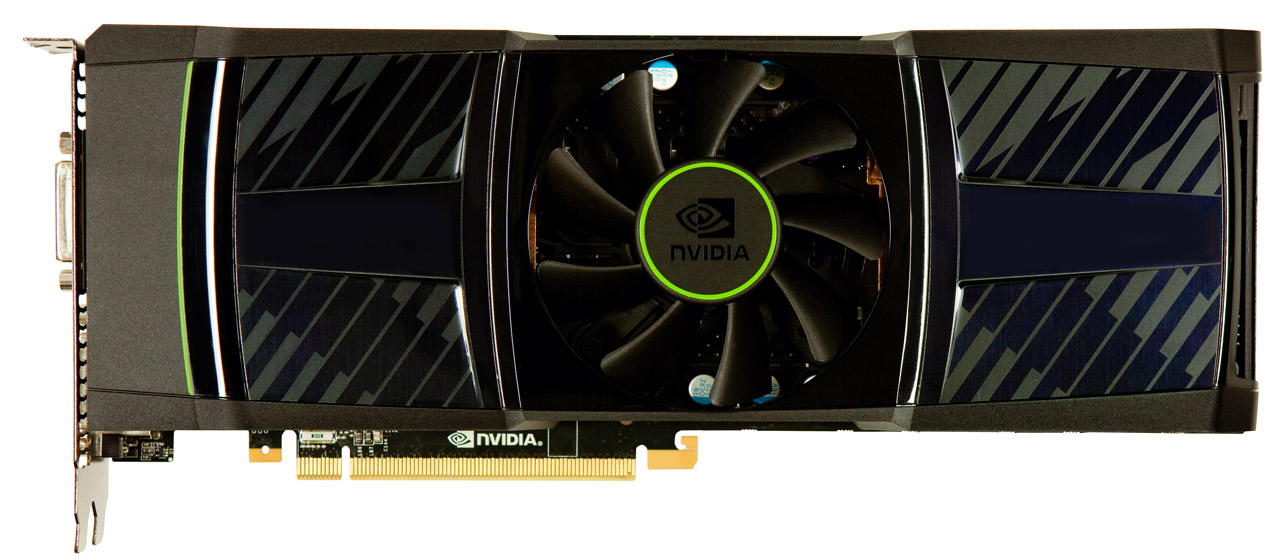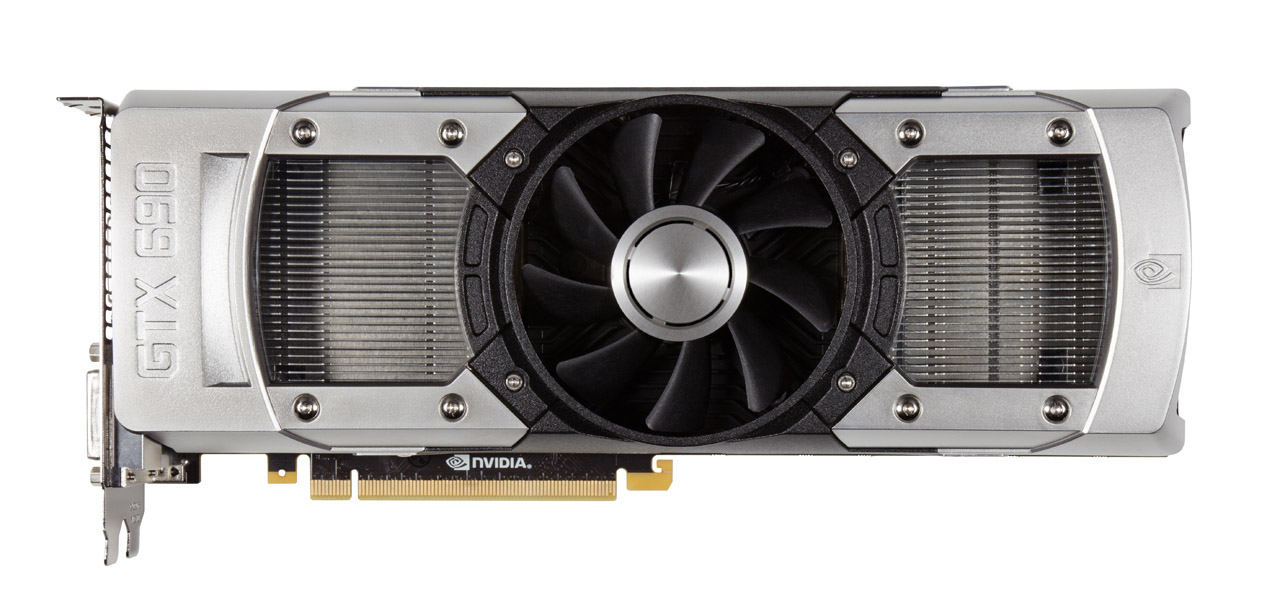The Story Of How GeForce GTX 690 And Titan Came To Be
When something impresses me, I want to know more, whether it's wine, music, or technology. Months ago, Nvidia dropped off its GeForce GTX 690 and I didn’t know whether to game on it or put it in a frame. This is the story of its conception.
Building Better Boards
And so we come full circle. I thoroughly enjoyed sitting in a room with the guy who designs Nvidia’s graphics cards and the guy responsible for the GPUs on those cards. I don’t think graphics performance came up once during our discussion. Rather, we had plenty to talk about by just focusing on how both teams are making the high-end graphics experience more special. Particularly after ribbing Intel a bit in Intel's 12-Core Xeon With 30 MB Of L3: The New Mac Pro's CPU? for the lack of innovation happening in desktop processing, Nvidia shows us that it’s able to build a significantly faster graphics architecture that uses less power than its predecessor, is more acoustically-friendly, and is wrapped up in materials like aluminum, magnesium, and polycarbonate.
Yes, the GeForce GTX Titan is very expensive. I’ve said before that there are only two places I’d recommend it for $1000: in a gaming-oriented small form factor chassis, as the fastest single-GPU card you can buy, or in a multi-card configuration where money is no object. But even though its endorsement is neither universal nor emphatic, I’m still very impressed by GK110 and Nvidia’s industrial design. The GeForce GTX 780 was almost equally impressive, though I think that anyone who can afford a fast $600 card would prefer the faster $1000 option instead.
But don’t forget that it was the GeForce GTX 690 that first wowed us back in April of last year. Going from this…
…to this made the sort of impression on me that only ATI’s Rage Fury MAXX, AMD’s FX-51, and the occasional super-early engineering sample have matched.
This stuff is the product of passion, and it’s how we know the enthusiast market is still going strong, despite prognoses that the PC in general is waning. And just look at what Nvidia’s doing next: taking that same Kepler architecture and leveraging its composition to drive the graphics component in its next-generation SoCs.
Get Tom's Hardware's best news and in-depth reviews, straight to your inbox.
Current page: Building Better Boards
Prev Page Optimizing Fan Technology For Less Noise-
CaptainTom You could build cars that go 300 MPH, get 60 MPG, and are as strong as tanks; but if it costs as much as a house... Who cares? Yeah more money buys more. What is so impressive here?Reply
Granted it sure as hell is more impressive than the gains intel makes every year, but then again everything is impressive compared to that... -
jimmysmitty Reply11631932 said:You could build cars that go 300 MPH, get 60 MPG, and are as strong as tanks; but if it costs as much as a house... Who cares? Yeah more money buys more. What is so impressive here?
Granted it sure as hell is more impressive than the gains intel makes every year, but then again everything is impressive compared to that...
If you consider that Intel is working in a much tighter TDP then it makes sense as to why they don't have massive jumps every year. With the ability to throw billions of transistors due to the 2-3x TDP, you can fit more and more every time you do a die shrink in the same area.
As well, it's not like AMD is pushing Intel to do much anyways. FX is not competitive enough to push the high end LGA2011 setup and barley pushes LGA1155 let alone 1150.
As for the design, I will admit it is beautiful. But my one issue is that with said aluminum shroud comes more weight and with more weight means more stress on the PCIe slot. Cards are getting bigger, not smaller. I remember when I had my X850XT PE. It took up one card slot and was a top end card. Even the X1800 took only one sans non reference designs. Now they take up two minimum and are pushing into 3. My 7970 Vapor-X pushes into the 3rd slot and weight a lot too.
Soon we will have 4 slot single GPUs that push into the HDD area. -
bystander @the aboveReply
Realize that GPU's do parallel processing, and a good chunk of the improvements on GPU speed is due to adding more and more processors and not just speeding up the processor itself. Intel works with CPU's, which do linear operations, and they cannot just add more processors and speed things up.
Imagine if CPU's could just add more cores and each core automatically sped things up without having to code for it. That is what GPU's can do and that is why they have been able to advance at a faster rate than CPU's. -
CaptainTom ^ Yes but Intel could get rid of the HD 4600 on the desktop i5's and i7's to add more transistors so the thing is significantly faster. Maybe it would use more power, but its better than Haswell's side-grade over Ivy Bridge.Reply -
emad_ramlawi I am AMDer when it comes to GPU`s, but got handed to Nvidia, the Titan and anything chopped off from GK110 looks impressive, its really great that the stock heat sink design is superior from the get-go, notice how many GK110 cards from different manufacturers that looks the same thing with the same heat sink, and usually same price they just slap there label on it, however in the same time, using top-notch material that costs 600-1000 is not evolutionary, and i don't believe in trick-down economy .Reply -
scrumworks Gotta "love" how Tom's is so loyal nvidia fan. Bias will never stop until couple of those key persons leave and I don't see that happening any time soon.Reply -
kartu What a biased article...Reply
690 is a dual GPU card, Titan is not.
690 is about 20% faster than Titan.
NEWSFLASH:
7990 is 25% faster than Titan.
Source: xbitlabs -
yannigr Titan is an impressive card. 690 is an impressive card. 7990 is an impressive card. The 9800 GX2 that I had in my hands 2 years ago was a monster, truly impressive card. If only it had 2GB of memory (2X1)....Reply
Anyway, all those are old news now. The article is interesting but the fact is that we are waiting to see more news about Hawaii and later about Mantle and in a few months about Maxwell. -
iam2thecrowe Reply11632406 said:What a biased article...
690 is a dual GPU card, Titan is not.
690 is about 20% faster than Titan.
NEWSFLASH:
7990 is 25% faster than Titan.
Source: xbitlabs
newsflash, the 7990 is hotter and noisier and suffers from poor frame latency, particularly when running multiple displays where nearly 50% of frames are dropped completely before they reach the monitor.......
Seriously, Toms are more often AMD biased than Nvidia, so Don't complain about just one article.


